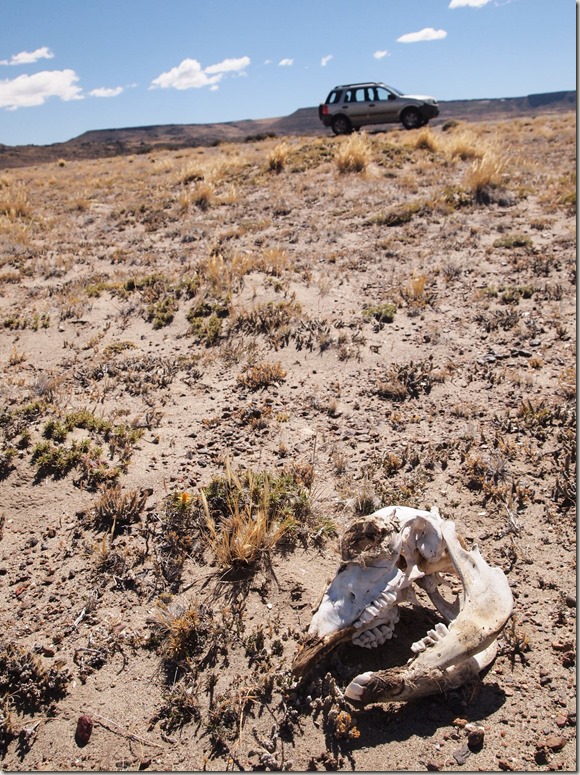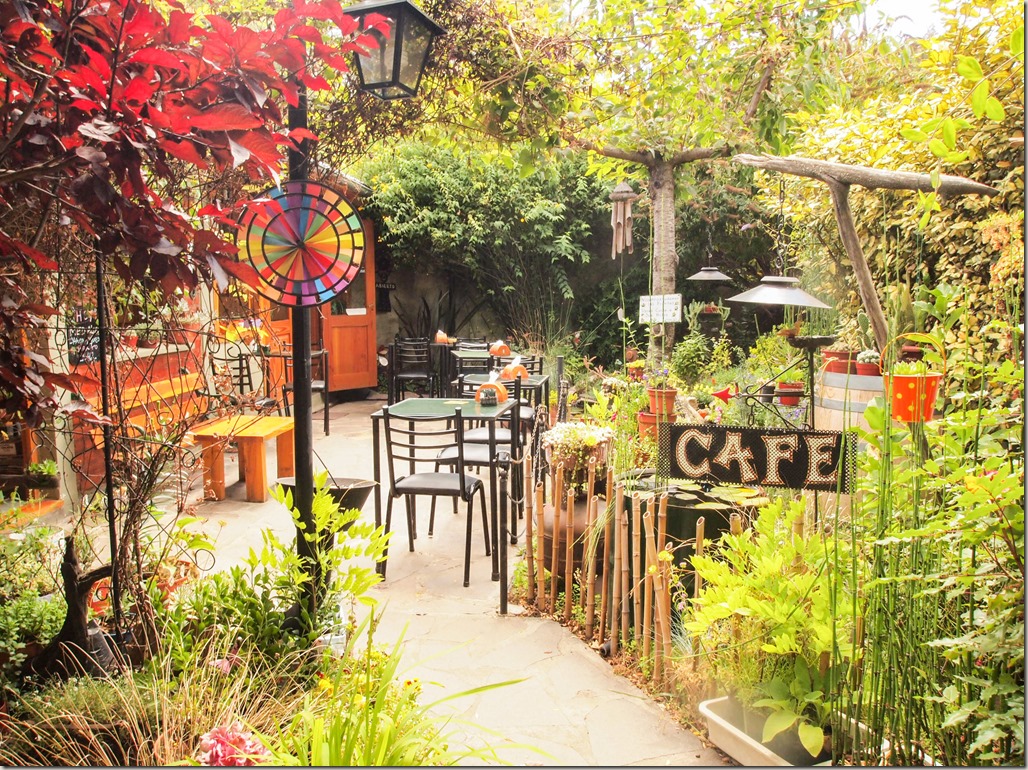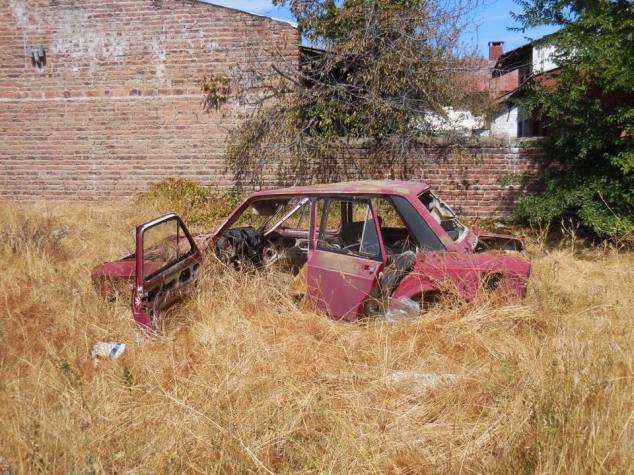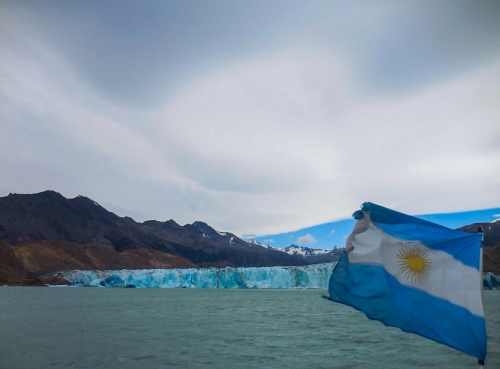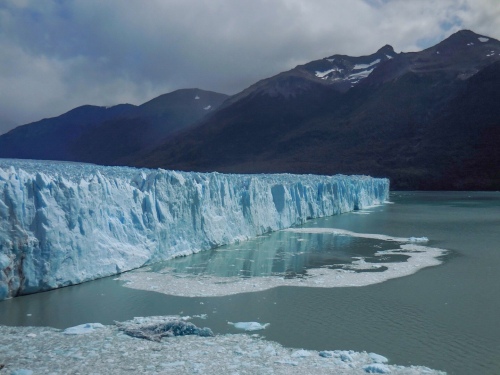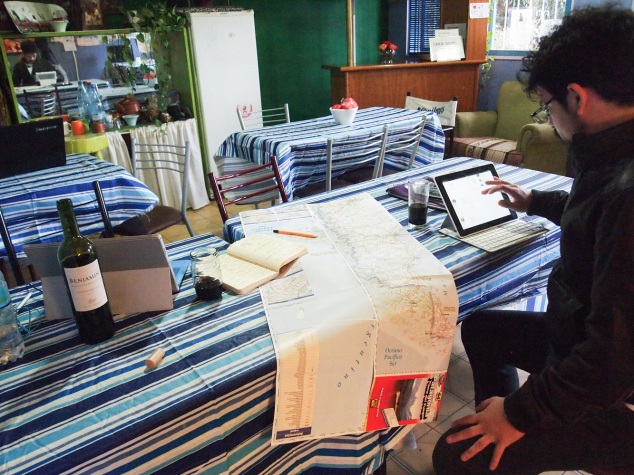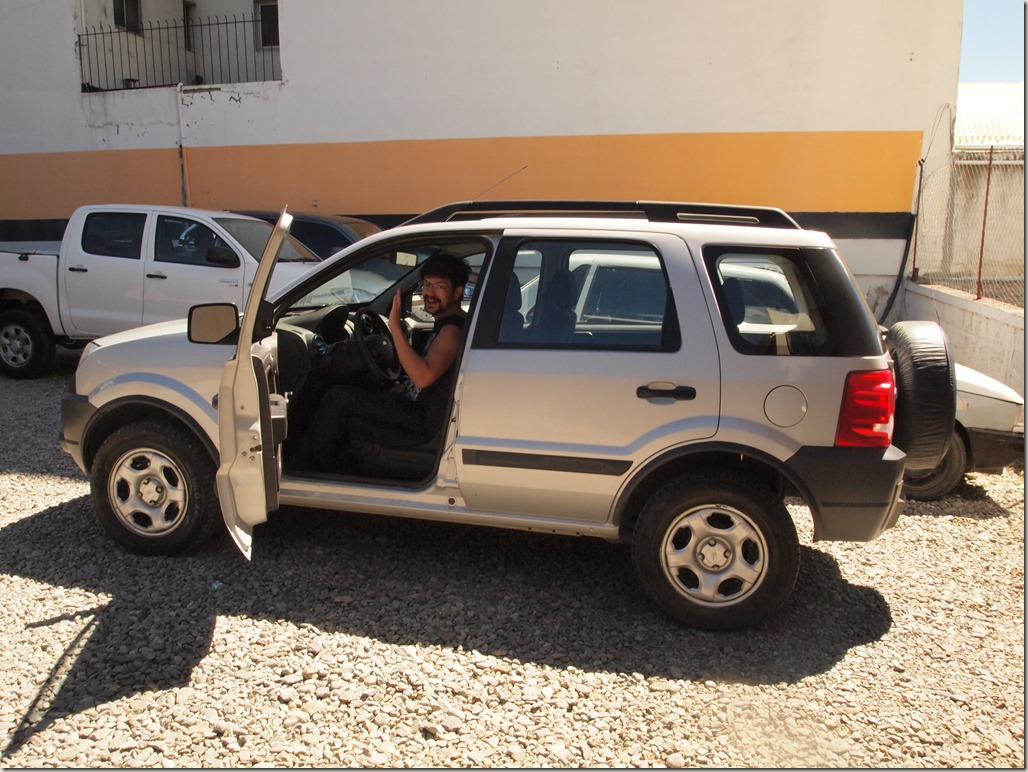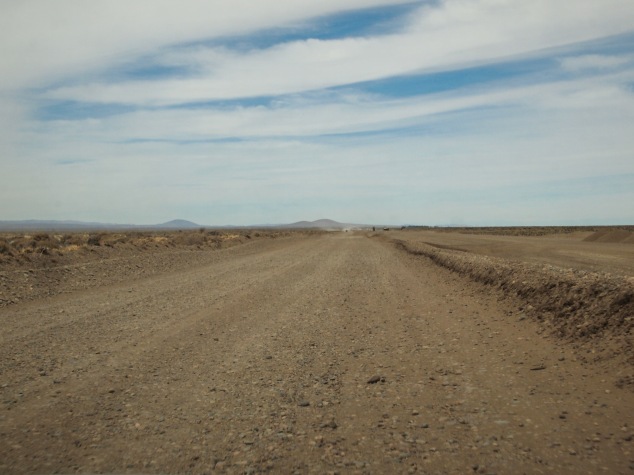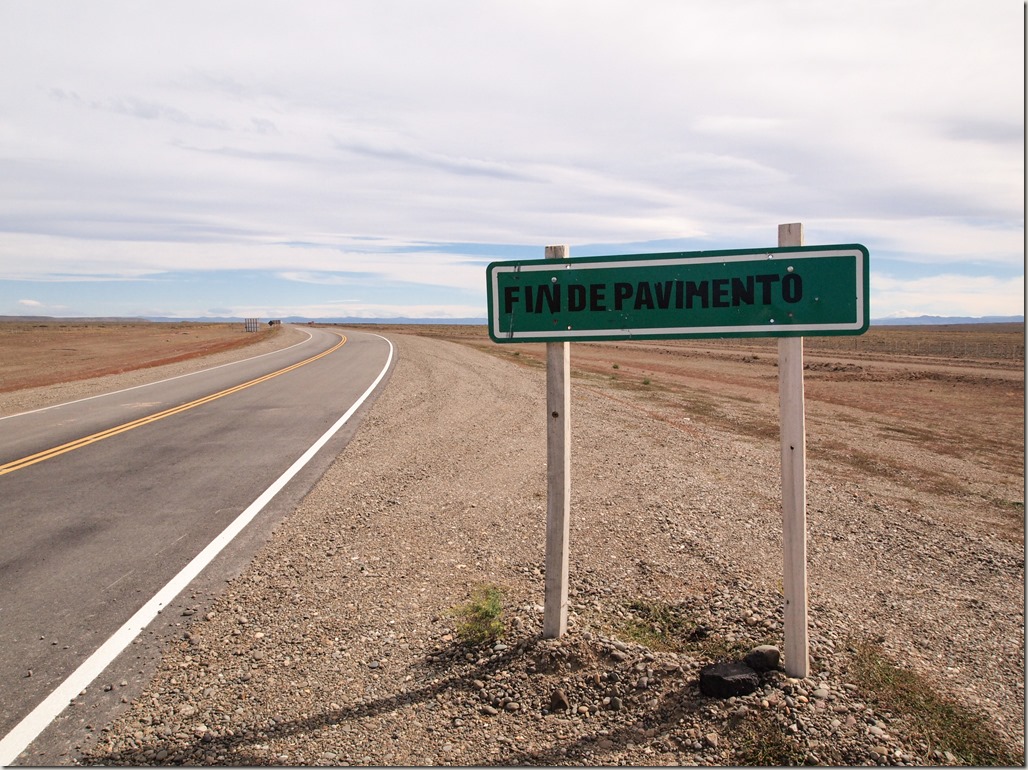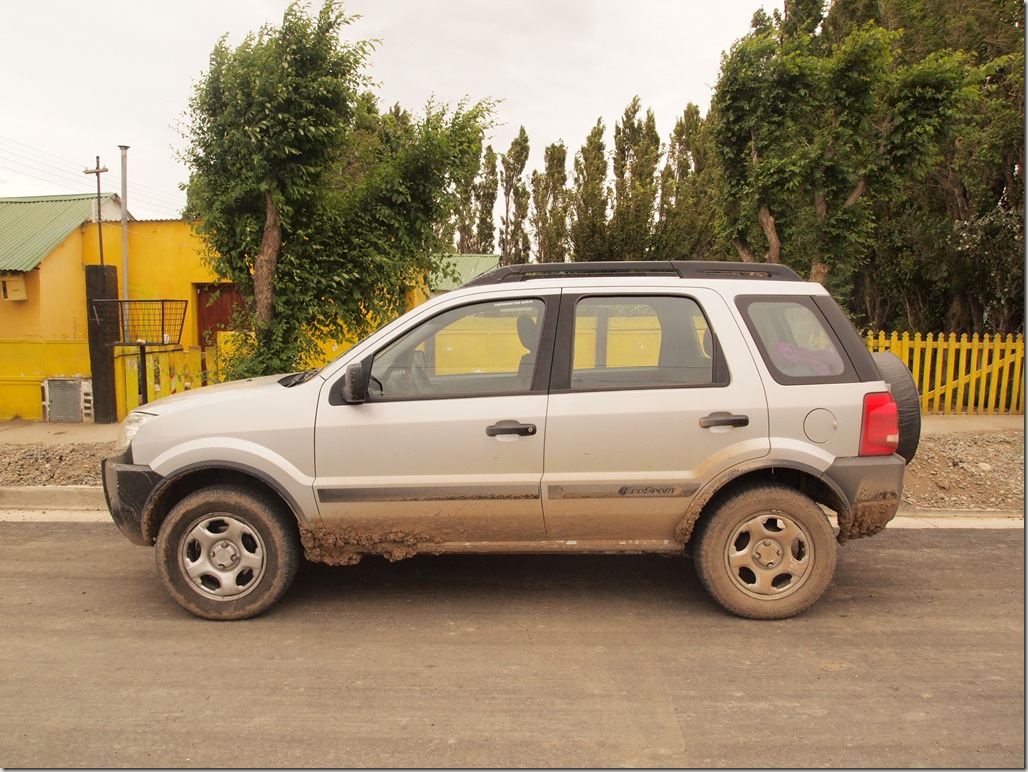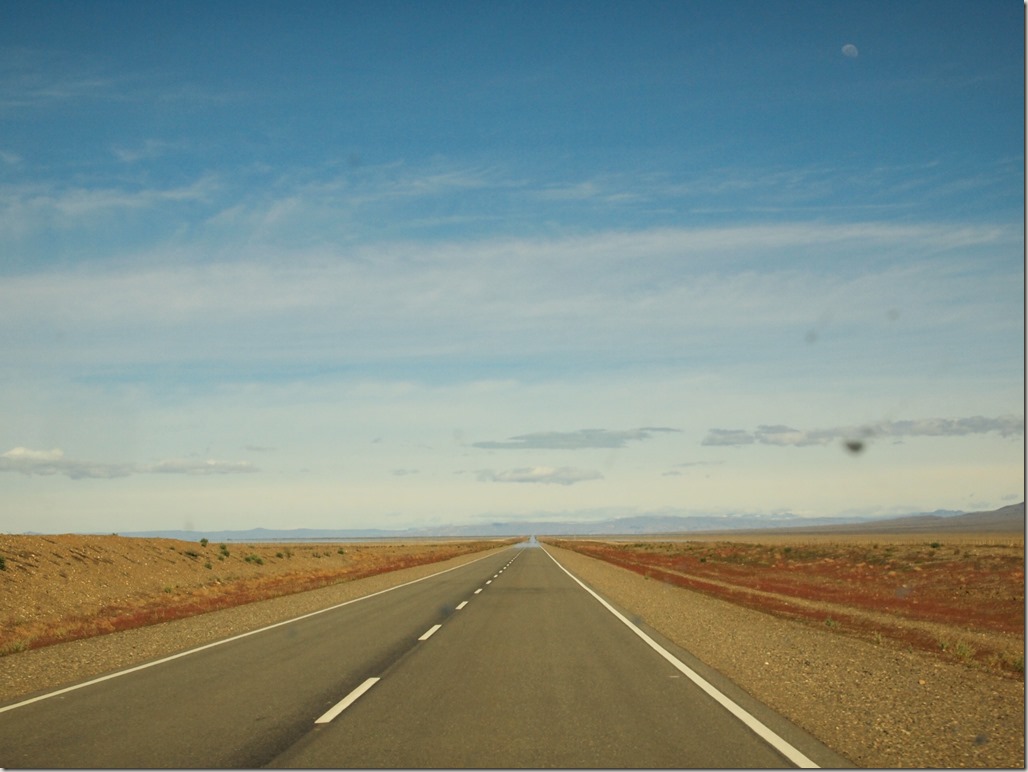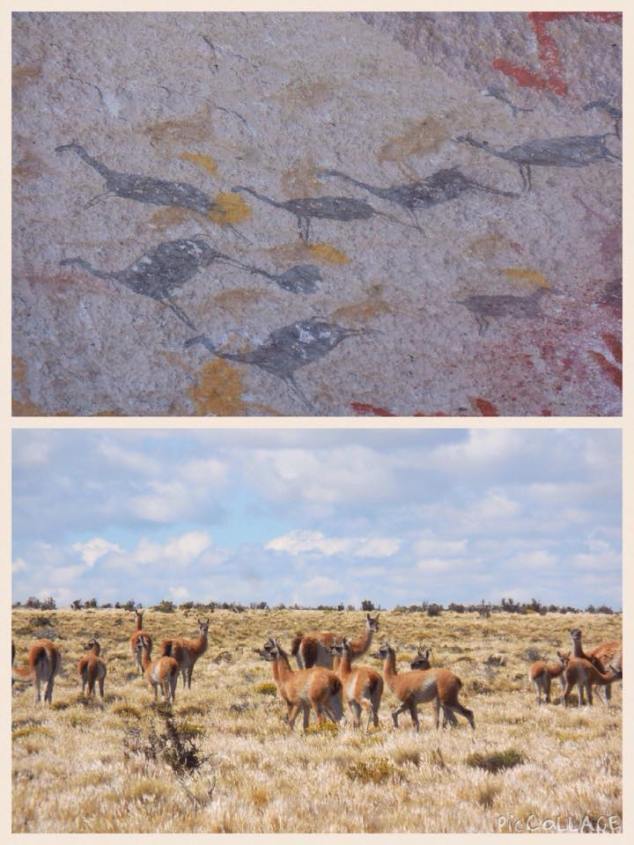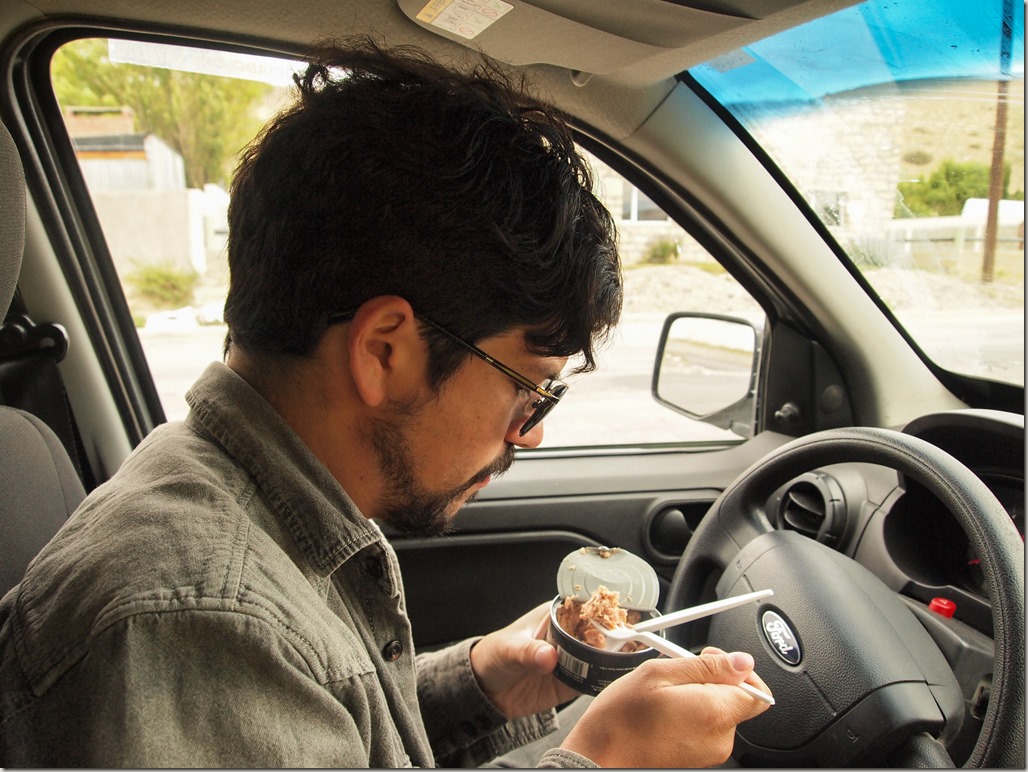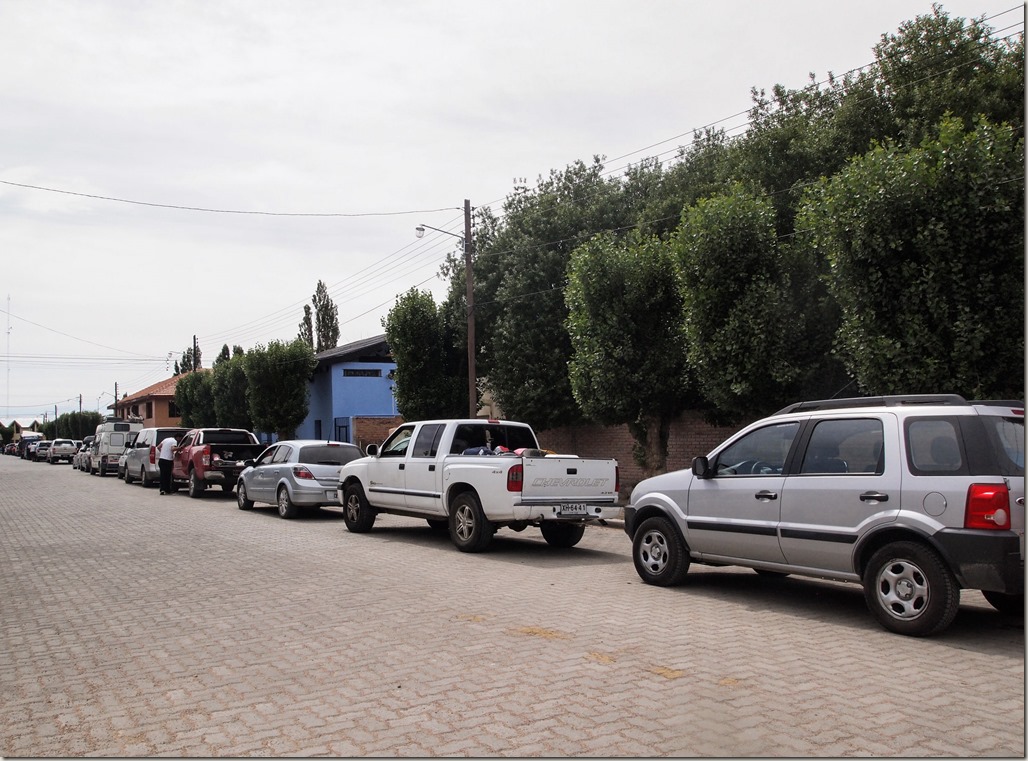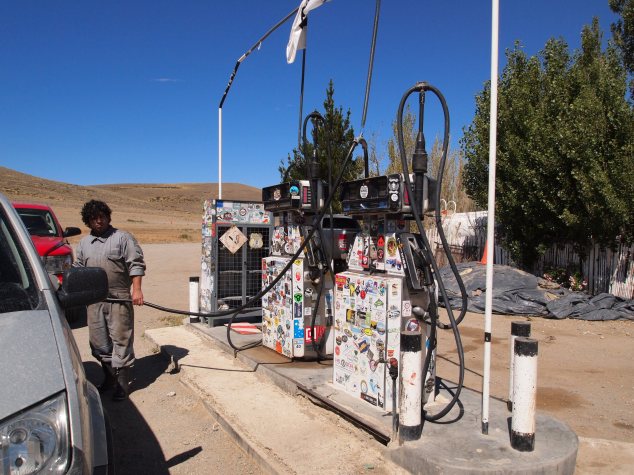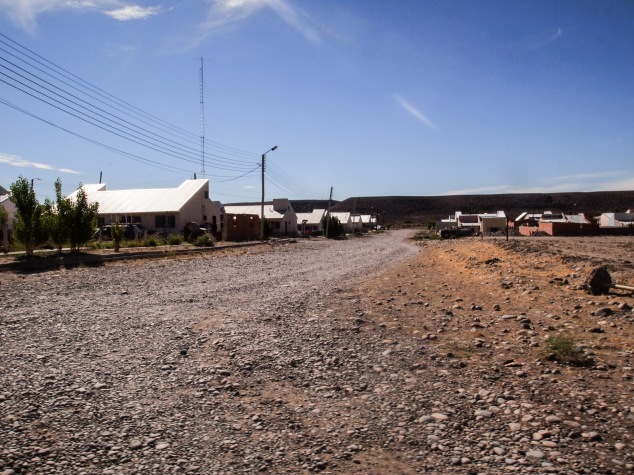Join us as we drive from San Carlos de Bariloche to El Calafate… and back again.
Read our other posts HERE:
- Driving the Ruta 40: What you need to know before you set off
- Driving the Ruta 40: Exploring El Chalten and El Calafate
- Driving the Ruta 40: Our Patagonia road trip – Part 1
Day 10: El Calafate to Gobernador Gregores
We’ve bought a jack for our iPod and are slightly overexcited about it! On the journey down we had two CDs, bought from a man hawking them at a gas station, one of reggaeton and one Argentine folk which seemed to be predominantly about people stealing each other’s wives/horses. We alternated between these and occasionally switched on the radio to see if there were any local stations. There usually weren’t.
We have decided to return to Gobernador Gregores despite previous experience. There aren’t many other stopping points around here and we didn’t want to continue all the way to Perito Moreno. This is where an estancia stay would have come in handy. Many of the farms along the way will put you up and feed you. It’s one of our Ruta 40 regrets that we weren’t able to do it. Unfortunately they can be pretty expensive which, after the car hire, put them well and truly out of our reach. Also, the majority don’t have an online presence meaning that you have to call them to book which, if your Spanish is limited, is a little daunting.
So we find ourselves back in Gob. Greg. (as we have come to refer to it). Luckily this time we have enough cash to pay our way.

Mileage: 333 km / 207 miles (approx. 72 km of which is ripio)
Where we stayed: Hosteria Kaiken again. We were so grateful to them after last time, we decided to go back.
Day 11: Gob. Gregores to Perito Moreno
We’ve woken up feeling good this morning. This stretch of road runs through some of the most impressive landscape of all. From Las Horquetas to Bajo Caracoles the road runs in a seemingly endless straight line that disappears into a shimmer beneath the 180 degree sky.
From here on, it’s just us and the guanacos.

At Bajo Caracoles we stop for lunch and petrol. The gas station is just two pumps in a dirt yard and the village itself is little more than a cluster of shacks and sheds. Incredibly it has a guesthouse and a small shop where we sit and order surprisingly good espressos while a local woman leans in through the window and chats to the bartender. What there can be to gossip about in a town this tiny, we aren’t sure.
As we continue north the landscape becomes more dramatic, the endless flats giving way to craggy hills and rugged canyons. This is what driving is supposed to feel like.
It’s a beautiful day and as we approach Perito Moreno we’re almost sorry it’s over. Still there’s always dinner to look forward to… is it actually possible, I wonder, to get tired of steak and red wine?
Mileage: 343 km / 213 miles
Where we stayed: El Austral. Email hotelelaustral@pm-patagonia.com.ar. Dingy with a lingering smell of cigarettes. The town does not offer much choice and this was the only place within our budget. For dinner, Hotel Americano does a decent steak.
Day 12: Perito Moreno to Esquel
In the desert, no one can hear [a guanaco] scream. This will be our longest stretch of driving so far but we’re not worried. Having done the journey down, we know what to expect. Don’t we?
We pass through Rio Mayo mid-morning. Just outside town I pull over.
“Can you hear that?” I ask Rob. Yes, that’s right, the car’s making a noise it’s not supposed to be making.
“It’s probably just the fan belt,” he says. But we turn back into the town anyway. Better to get it checked while we still can.
We find a mechanic. It is the fan belt. Well, that and the chunk of black plastic he pulls out from under the car and throws to one side.
“No necesita,” he tells us. Um… are you sure? We’re not in a position to argue, though, and if it’s only the fan belt we can easily get by. We head off again.
The roads are broken and torn at the edges as though the steppe is slowly eating them. We stop for a break and a young man on a heavily-laden bicycle comes puffing over the horizon towards us.
“Is this the way to Rio Mayo?” he asks.
We look back down the only road for hundreds of kilometres. “Si, seguro.”
Despite the setback we reach Gobernador Costa in good time. The queue for petrol is the longest we’ve ever seen so we opt to continue to Tecka, the next town. Of course, the accepted rule for the Ruta 40 is to fill up whenever you have the chance. Like idiots, we ignore it.
At Tecka the queue is even longer. People in it are having to push their cars. We get through two episodes of The Wire, the engine off, Rob’s iPad propped up on the dashboard, before we decide to go and see what the delay is. It turns out the pumps are empty and the gas station is waiting for a lorry to come from the next town. The lorry will be about an hour, they say. Then it will take another hour to refill the pumps, then a further hour to work through the queue.
We have a quarter of a tank of petrol left and there are 90km between us and Esquel, our destination. Can we do it?
“I think you’d better drive,” says Rob, the only time he has ever deferred to my driving skills (I’ve only had a licence for a year and while I’m a good driver it’s fair to say I’m still learning). But we both agree I am, if nothing else, a smoother driver. So off we go in fourth gear, keeping a constant 90 kmph, coming off the gas every time there’s a downhill slope. We make it to Esquel with petrol to spare.
Mileage: 560 km / 348 miles
Where we stayed: La Chacra. Delightfully chintzy B&B run by a Welsh-Argentinian woman. With its retro lines and pink frills you’d be forgiven for thinking you were at your grandma’s house.
Day 13: Esquel to El Bolson
There’s a forest fire somewhere around Cholila. Driving into a dense white fug is an unsettling experience. Smoke smothers the hills and lies low across the road creating an eerie landscape quite far removed from the verdant alpine landscapes we recall from the journey down.
It’s a relief to arrive in El Bolson. The place is a renowned hippy town and the vibe is very laid back. Many people opt to stay a few days here, walking in the hills and swimming in the river before going our for coffee or beer in one of the charming cafes.
Mileage: 163 km / 101 miles
Where we stayed: El Pueblito. Gorgeous place, lovely people, life-changing bread. We can’t recommend it enough.
Day 14: El Bolson to Bariloche
We’re back! It’s hard to believe we’ve driven all the way down through Patagonia and back again but the sight of Lago Nahuel Huapi confirms it.
It’s been an amazing trip, one hell of an exciting ride and a learning curve for both of us. And if you love driving, we can’t recommend the experience highly enough.
Mileage: 123 km / 76 miles
Where we stayed: Green House Hostel. Lovely, laid back place a little way out of town. Gorgeous attic rooms and a small communal outdoor area.
If you haven’t already, you should definitely check out Part 1 of this blog post. The journey through the unknown was a real challenge – but an incredible one nonetheless. Read about it HERE: Driving the Ruta 40: Our Patagonia road trip – Part 1
If you’re thinking of attempting this drive yourself, make sure you have a look at our road trip checklist HERE: Driving the Ruta 40: What you need to know before you set off





